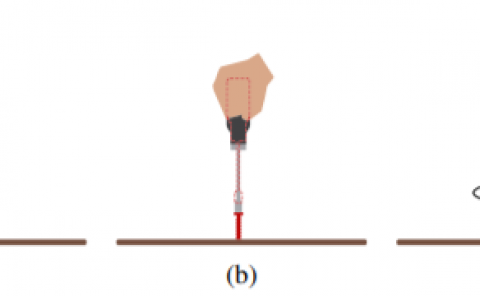Low Latency Edge Rendering Scheme for Interactive 360 Degree Virtual Reality Gaming
PubDate: July 2018
Teams: Tampere University of Technology
Writers: Marko Viitanen; Jarno Vanne; Timo D. Hämäläinen; Ari Kulmala
PDF: Low Latency Edge Rendering Scheme for Interactive 360 Degree Virtual Reality Gaming

Abstract
This paper describes the core functionality and a proof-of-concept demonstration setup for remote 360 degree stereo virtual reality (VR) gaming. In this end-to-end scheme, the execution of a VR game is off-loaded from an end user device to a cloud edge server in which the executed game is rendered based on user’s field of view (FoV) and control actions. Headset and controller feedback is transmitted over the network to the server from which the rendered views of the game are streamed to a user in real-time as encoded HEVC video frames. This approach saves energy and computation load of the end terminals by making use of the latest advancements in network connection speed and quality. In the showcased demonstration, a VR game is run in Unity on a laptop powered by i7 7820HK processor and GTX 1070 GPU. The 360 degree spherical view of the game is rendered and converted to a rectangular frame using equirectangular projection (ERP). The ERP video is sliced vertically and only the FoV is encoded with Kvazaar HEVC encoder in real time and sent over the network in UDP packets. Another laptop is used for playback with a HTC Vive VR headset. Our system can reach an end-to-end latency of 30 ms and bit rate of 20 Mbps for stereo 1080p30 format.

